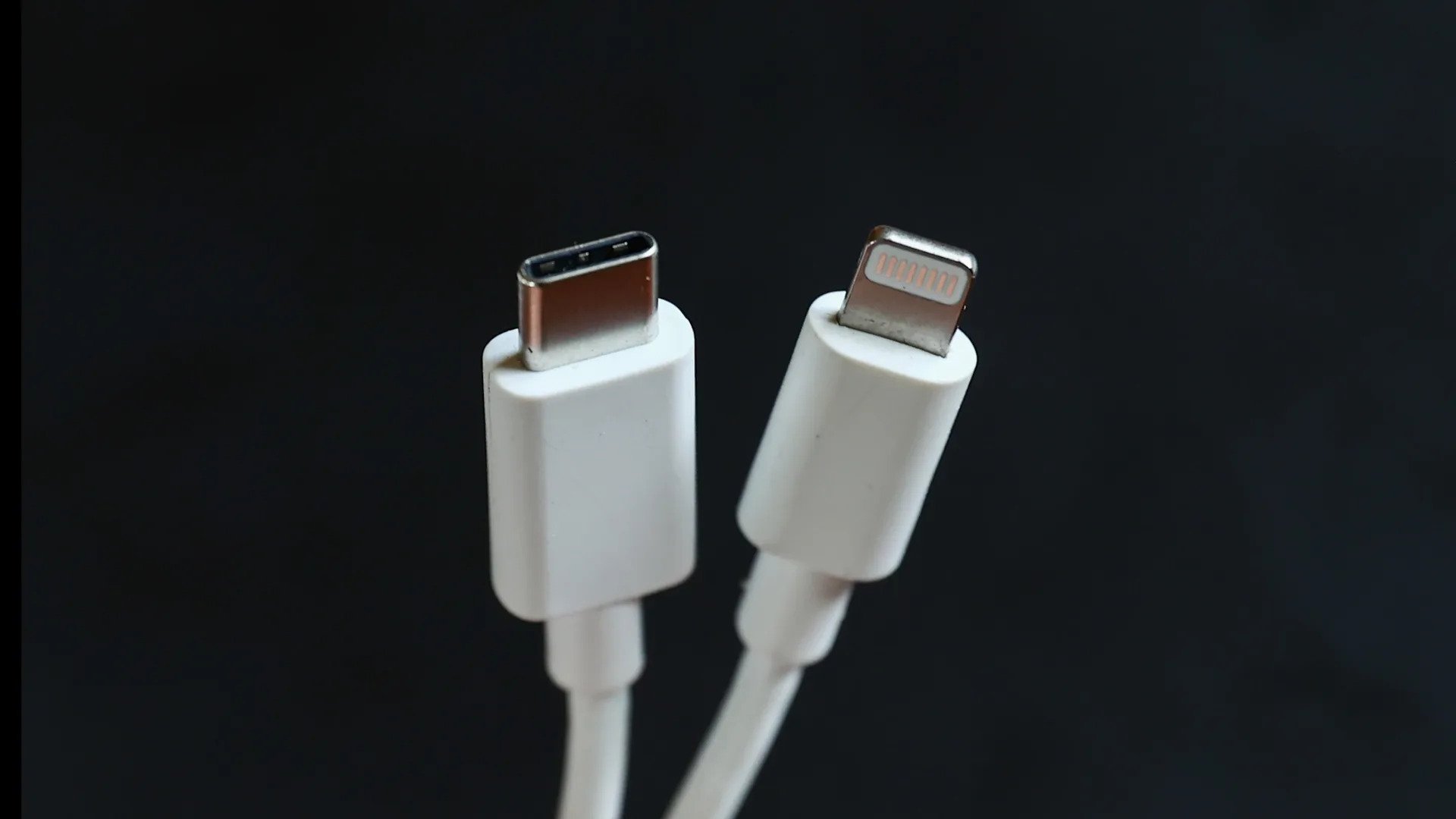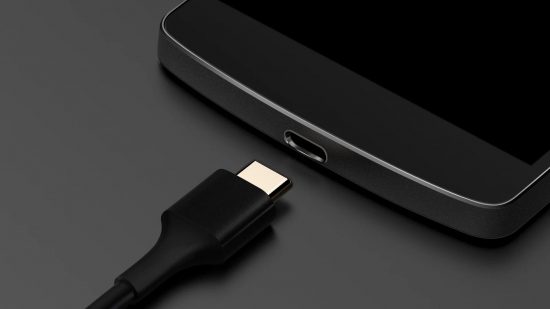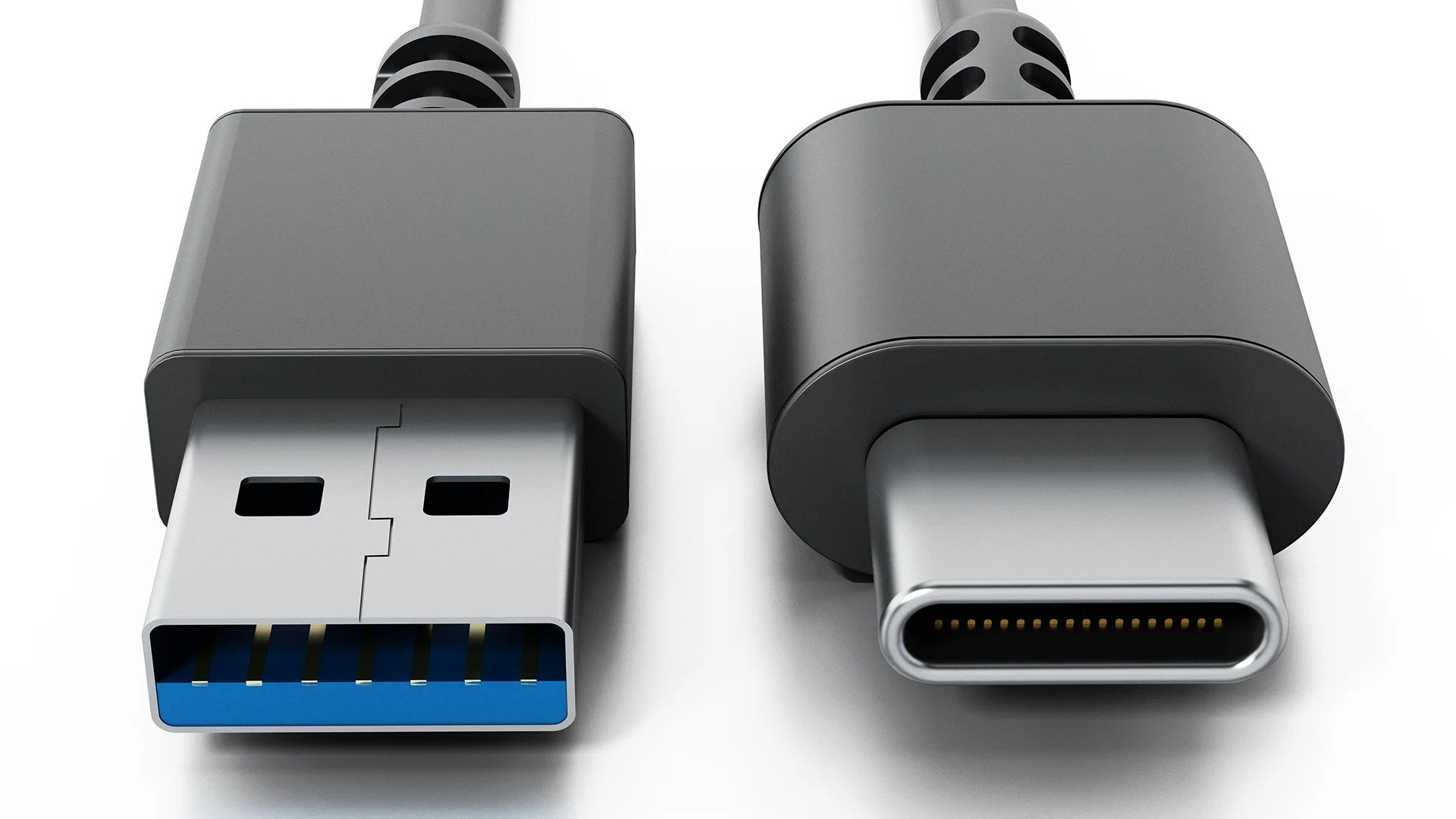There has been a clear movement in the world of technology in recent years with adopting USB-C as a somewhat universal port, but why exactly is this? Even massive companies like Apple have committed to moving their devices over to USB-C instead of using proprietary connections like Lightning.
As more and more devices adopt the round-edged connection, it’s well-worth diving into why current USB solutions need an upgrade and also looking at why USB-C was selected as the supreme successor. Here’s everything you need to know about USB-C, including why your next laptop or phone will likely be reliant on it!
What is USB C?
USB-C is a universally adoptable connection that can transfer both power and data though a single cable. It was developed by the same institution that has overseen the development of USB connections over the years, the USB-IF (USB Implementers Forum). They are an officially recognised body who have companies like Dell, HP, Apple, and Samsung among their members.
This is key because having these businesses on-board can really help with the rollout of new, widely-recommended tech like USB-C. A major win for USB-C came in the for of the European Union requiring all battery charging devices to use USB-C from 2024, including all Apple devices, other smartphones and even laptops.

Why is USB C so popular?
There are a few factors that make USB-C the most popular (and even obvious) choice for universal adaptation. It’s a connector that doesn’t have a required orientation, meaning that the days of trying to figure out whether or not your cable is the right way around are over.
The other major factor in play is speed. At present, USB-C can operate at speeds of up to 20 Gbps which is currently unobtainable by standard USB-A cables although these ports are limited in availability.
The next generation of USB, simply called USB4, is expected to provide support for speeds of up to 120 Gbps although no timeline currently exists for their wider implementation. The technology was released in 2019 but only really exists in Apple MacBook products released since 2020 and none are currently capable of the full 120 Gbps transfer rate.
AMD have also made their commitment to USB4 clear but as of September 2022s releases, the support has still not been acted upon.

